I have a dataframe which I drawed as you can see the figure and codes below;
import pandas as pd
from matplotlib import pyplot as plt
import numpy as np
df = pd.read_excel('nötronn.xlsx')
fig, ax = plt.subplots(figsize=(20,40))
ax1 = plt.subplot2grid((1,5), (0,0), rowspan=1, colspan = 1)
ax1.plot(df["N/F*10"], df['Depth'], color = "green", linewidth = 0.5)
ax1.set_xlabel("Porosity")
ax1.xaxis.label.set_color("green")
ax1.set_xlim(10, 50)
ax1.set_ylabel("Depth (m)")
ax1.tick_params(axis='x', colors="green")
ax1.spines["top"].set_edgecolor("green")
ax1.title.set_color('green')
ax1.set_xticks([10, 20, 30, 40, 50])
I want to filter data so that I can realize the differences better. I tried these:
z = np.polyfit(df["N/F*10"], df['Depth'], 2)
p = np.poly1d(z)
plt.plot(df["N/F*10"], p(df["N/F*10"]))
But it gives :LinAlgError: SVD did not converge in Linear Least Squares
How can I solve it? Thanks.
Output expectation:

